Cos'è un Crypto Bridge?

Indice
- What is a Crypto Bridge?
- Why Are Crypto Bridges Important?
- How Do Crypto Bridges Work?
- Types of Crypto Bridges
- Benefits & Risks of Using Crypto Bridges
- Prominent Examples of Crypto Bridges
- Other Notable Crypto Bridges
- Choosing a Crypto Bridge & The Future of Cross-Chain Interoperability
- Conclusion
- Explore Altcoins, Stablecoins, and Blockchain Innovation
What is a Crypto Bridge?
A crypto bridge is a connection that allows different blockchains to communicate and exchange assets or information. Imagine separate islands, each with its own currency and rules. A bridge between them enables trade and travel. Similarly, crypto bridges facilitate seamless interaction between blockchain networks, breaking down silos and fostering a more interconnected ecosystem.
Get started with a quick introduction to crypto! Learn what Bitcoin is here, compare it to altcoins here, and explore the broader altcoin market here. Also, learn about the benefits of blockchain technology.
Why Are Crypto Bridges Important?
Blockchains operate independently, with unique protocols, token standards, and ecosystems. This isolation limits asset movement, data sharing, and cross-chain collaboration. Crypto bridges solve this challenge by enabling interoperability, unlocking new opportunities for users, developers, and the broader crypto space.
Bridges enable:
- Token Transfers: Users can move tokens between blockchains, expanding utility and access to different DeFi applications. Learn about sending and receiving crypto, and DeFi use cases.
- Increased Liquidity & Trading Opportunities: By allowing tokens to move freely across chains, bridges improve liquidity on decentralized exchanges (DEXs) and unlock new trading opportunities.
- Data Sharing & Cross-Chain Collaboration: Bridges enable seamless data exchange between blockchains, allowing developers to build interconnected dApps that leverage multiple networks.
- Interoperability: Bridges create a more interconnected blockchain ecosystem, fostering innovation and enabling cross-chain collaboration. Learn how to enter new chains.
- Improved User Experience: Users can transfer assets without relying on centralized exchanges (CEXs), reducing friction and increasing decentralization.
- Expansion of DeFi Ecosystems: By enabling cross-chain transfers, bridges facilitate the growth of decentralized finance (DeFi) across multiple protocols and blockchains.
- Interoperability for NFTs & Metaverse Assets: Bridges allow non-fungible tokens (NFTs) and digital assets to move between metaverse platforms and virtual worlds, enhancing the user experience and promoting a more immersive, decentralized ecosystem.
How Do Crypto Bridges Work?
Crypto bridges use different mechanisms to transfer tokens and data between blockchains. Here’s a simplified overview of common approaches:
-
Lock and Mint: A user locks tokens on the source blockchain in a smart contract, and the bridge mints an equivalent amount of wrapped tokens on the destination blockchain. These wrapped tokens represent the original assets and can be used within the new chain’s ecosystem. Learn more about wrapped tokens like WBTC and WETH.
-
Burn and Release: When transferring assets back to the source blockchain, the wrapped tokens are burned on the destination chain, and the original locked tokens are released on the source chain.
-
Validators and Relays: Some bridges rely on validators or relayers to verify and facilitate transactions. These entities monitor lock, mint, burn, and release operations, ensuring the bridge functions securely and efficiently.
-
Smart Contracts: Smart contracts automate the token transfer process, ensuring security and transparency. For example, to move Bitcoin to Ethereum, a user would wrap BTC into Wrapped Bitcoin (WBTC), an ERC-20 token pegged to Bitcoin’s value. This method ensures the total supply remains consistent across both chains.
Types of Crypto Bridges
Crypto bridges can be categorized based on their architecture and functionality:
- Centralized Bridges: Managed by a central entity, offering faster and more efficient transactions but introducing counterparty risk.
- Decentralized Bridges: Operate on a distributed network, often using smart contracts to facilitate trustless token transfers, improving security and censorship resistance but sometimes being slower and more complex.
- Trusted Bridges: Depend on a designated group of validators to verify and process cross-chain transactions.
- Untrusted Bridges: Use cryptographic proofs and algorithms to verify transactions without requiring trust in any third party.
- Unidirectional Bridges: Allow token transfers in only one direction, from the source chain to the destination chain.
- Bidirectional Bridges: Enable token transfers in both directions, between the source and destination chains.
Benefits & Risks of Using Crypto Bridges
Benefits:
- Increased Interoperability: Enables seamless transfer of assets and data between different blockchains.
- Access to More dApps and DeFi Services: Expands user access to a broader range of decentralized applications and financial protocols across multiple blockchains.
- Enhanced Liquidity: Facilitates the flow of assets between chains, improving market depth and trading opportunities.
- Cross-Chain Trading: Allows users to trade assets across different blockchains, increasing flexibility. Learn about the differences between centralized exchanges (CEXs) and decentralized exchanges (DEXs).
Risks:
- Security Risks: Bridges are common targets for hacks and exploits, potentially leading to significant asset losses. Learn more about digital asset security.
- Smart Contract Vulnerabilities: Bugs or weaknesses in the smart contracts governing bridges can be exploited by malicious actors.
- Centralization Risks: Some bridges rely on a central authority or a trusted set of validators, introducing counterparty risk and potential single points of failure.
Prominent Examples of Crypto Bridges
Crypto bridges facilitate cross-chain transfers, enabling interoperability between different blockchain networks. Here are some of the most widely used crypto bridges:
- WBTC Bridge (Wrapped Bitcoin): Bridges Bitcoin (BTC) to Ethereum (ETH) by converting BTC into Wrapped Bitcoin (WBTC), an ERC-20 token backed 1:1 by Bitcoin. Enables Bitcoin to be used in Ethereum-based DeFi applications.
- Polygon Bridge: Connects Ethereum and Polygon, allowing users to transfer ETH and ERC-20 tokens between chains. Supports two bridges: the Proof-of-Stake (PoS) Bridge for faster transactions and the Plasma Bridge for enhanced security.
- Avalanche Bridge (AB): Allows seamless asset transfers between Ethereum and Avalanche. Provides low fees and high transaction speed, making it popular for DeFi and gaming applications.
- Arbitrum Bridge: Connects Ethereum to Arbitrum, an Ethereum Layer-2 scaling solution. Helps users move ETH and ERC-20 tokens while benefiting from lower gas fees and faster transactions.
- BNB Chain Bridge: Links BNB Smart Chain (BSC) and Ethereum, allowing users to move assets between the two ecosystems. Supports cross-chain DeFi, NFTs, and gaming applications.
- Solana Wormhole: Facilitates cross-chain transfers between Solana, Ethereum, Binance Smart Chain, and more. Enables tokenized asset movement, NFT transfers, and cross-chain DeFi interactions.
- Synapse Protocol: A cross-chain liquidity bridge that supports multiple blockchains, including Ethereum, Avalanche, Binance Smart Chain, and more. Offers fast, low-cost asset transfers across different networks.
- Stargate Finance: A fully composable cross-chain liquidity bridge built on LayerZero technology. Supports instant finality, low slippage swaps, and deep liquidity pools across multiple blockchains.
- Celer cBridge: A multi-chain asset bridge enabling fast and secure transfers between Ethereum, BNB Chain, Polygon, Arbitrum, and more. Uses layer-2 scaling solutions to improve transaction efficiency.
- Chainlink CCIP: A cross-chain interoperability protocol. Learn more about Chainlink.
These bridges help expand liquidity, trading opportunities, and decentralized finance (DeFi) by enabling cross-chain interactions.
Other Notable Crypto Bridges
In addition to major blockchain bridges, several innovative cross-chain solutions are emerging to enhance interoperability and liquidity across networks. Here are some notable crypto bridges:
- Across Protocol: A Layer-2 to Layer-1 bridge that enables fast and secure transfers between Ethereum and rollups like Arbitrum and Optimism. Uses relayers and an insurance fund to ensure low-cost, trust-minimized transactions.
- Axelar Network: A decentralized interoperability network enabling secure cross-chain communication. Supports general message passing, allowing dApps to interact across multiple chains.
- Chainge Finance: A decentralized cross-chain liquidity aggregator that allows users to swap and transfer assets across multiple blockchains. Utilizes smart-routing technology to optimize trading execution.
- Jumper Exchange: A multi-chain swap and bridge aggregator that automatically finds the best route for asset transfers. Supports Ethereum, BNB Chain, Polygon, Avalanche, and more.
- Layerswap: A specialized bridge for Layer-2 solutions, enabling seamless asset transfers between Ethereum L2s (Arbitrum, Optimism, StarkNet, etc.) and centralized exchanges (CEXs). Focuses on instant swaps with minimal fees.
- Polyhedra Network: A privacy-preserving cross-chain bridge utilizing Zero-Knowledge Proofs (ZKPs). Designed to enhance scalability, security, and interoperability across blockchains.
- Relay Link: A liquidity-focused cross-chain bridge that connects Ethereum, BNB Chain, Polygon, Avalanche, and other networks. Supports native asset transfers without requiring wrapped tokens.
- Squid: Built on Axelar, it enables cross-chain swaps and payments across multiple blockchains. Provides one-click transactions without needing native gas tokens.
- Superbridge: A high-speed, low-fee cross-chain bridge designed for seamless token transfers and NFT bridging. Prioritizes user experience and security with simplified transfers.
These next-generation crypto bridges are pushing the boundaries of blockchain interoperability, offering improved speed, security, and accessibility for users and developers alike. As the multi-chain ecosystem grows, these bridges will continue to play a critical role in enabling seamless asset movement and decentralized finance (DeFi) expansion.
Choosing a Crypto Bridge & The Future of Cross-Chain Interoperability
When selecting a crypto bridge, several key factors should be considered:
- Security: Prioritize bridges with a strong security track record and audits by reputable firms.
- Decentralization: Trustless bridges minimize counterparty risk and enhance censorship resistance.
- Supported Assets & Blockchains: Ensure the bridge supports the specific tokens and blockchains you intend to use.
- Fees: Compare transaction fees across different bridges to optimize cost efficiency.
- Speed: Consider transaction speed and confirmation times for seamless cross-chain transfers.
As crypto bridges evolve, ongoing innovation focuses on improving security, scalability, and interoperability. Decentralized and trustless bridges are gaining momentum, offering greater reliability and independence from centralized entities. The future of crypto bridges is deeply connected to the broader blockchain ecosystem, driven by the growing need for seamless cross-chain interactions and enhanced liquidity movement.
Conclusion
Crypto bridges play a crucial role in enabling blockchain interoperability, expanding access to dApps, DeFi, and multi-chain ecosystems. While risks remain, their benefits-such as enhanced liquidity, greater flexibility, and improved cross-chain functionality-make them an essential component of the decentralized financial future. As the technology matures, we can expect more secure, efficient, and user-friendly bridges, unlocking new possibilities for cross-chain collaboration and innovation.
Guide correlate
Inizia da qui →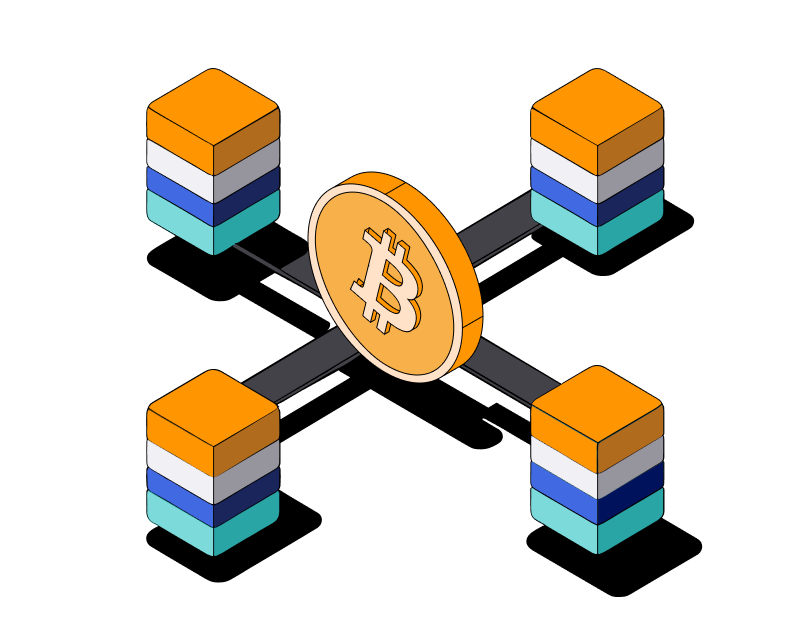
Cos'è una Blockchain?
Questa guida per principianti spiega la blockchain, la sua importanza nelle criptovalute e come funziona. Esplora i suoi usi, vantaggi e potenziale futuro.
Leggi questo articolo →
Cos'è una Blockchain?
Questa guida per principianti spiega la blockchain, la sua importanza nelle criptovalute e come funziona. Esplora i suoi usi, vantaggi e potenziale futuro.

Cosa sono le sidechain?
Scopri i diversi tipi di sidechain, i loro vantaggi e svantaggi, e a cosa servono. Ottieni le informazioni essenziali sui principali progetti di sidechain.
Leggi questo articolo →
Cosa sono le sidechain?
Scopri i diversi tipi di sidechain, i loro vantaggi e svantaggi, e a cosa servono. Ottieni le informazioni essenziali sui principali progetti di sidechain.

Cosa sono le soluzioni di livello 2 di Bitcoin?
Scopri le soluzioni Layer-2 di Bitcoin e come possono consentire a Bitcoin di scalare.
Leggi questo articolo →
Cosa sono le soluzioni di livello 2 di Bitcoin?
Scopri le soluzioni Layer-2 di Bitcoin e come possono consentire a Bitcoin di scalare.
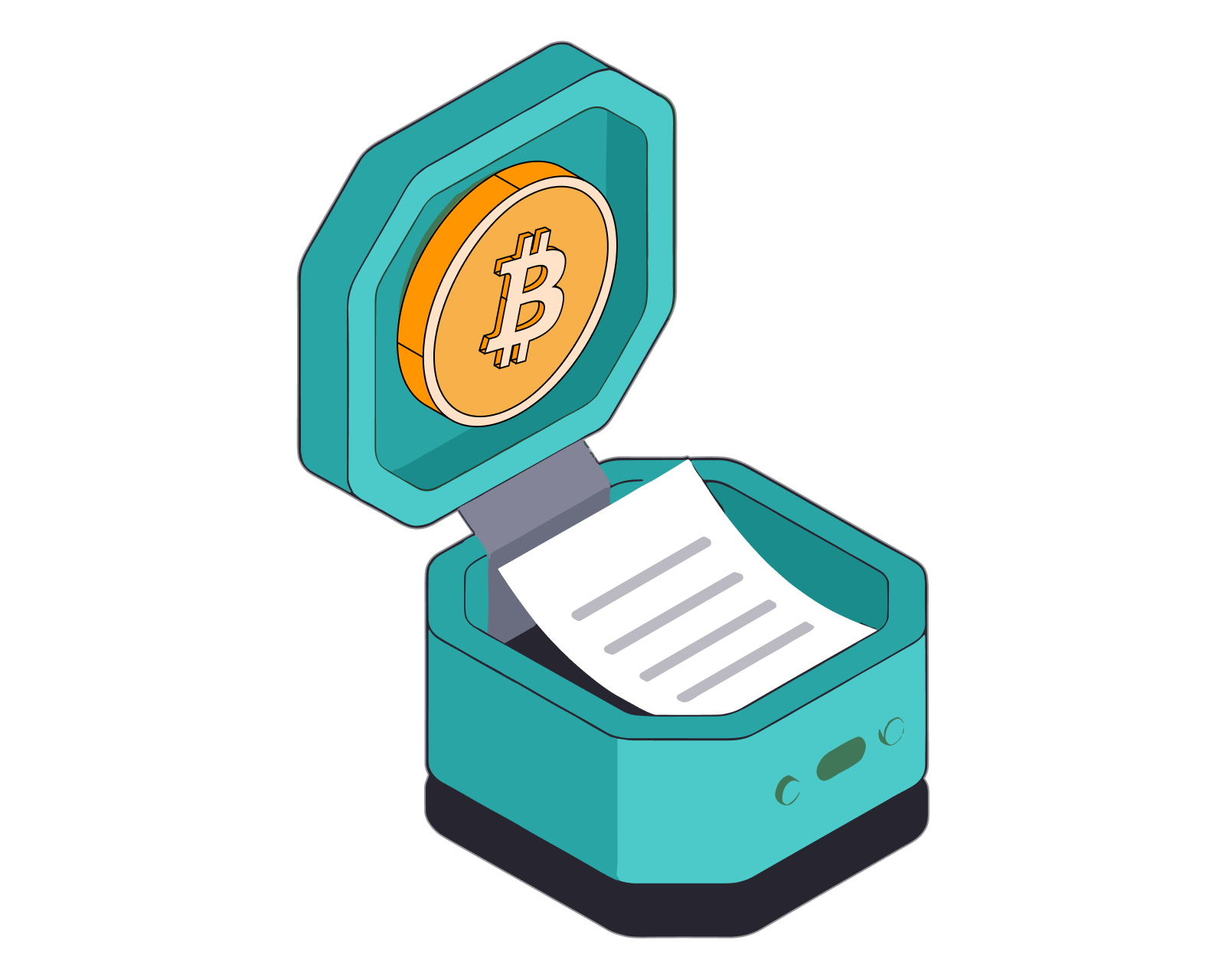
Come entrare in una nuova catena
Questa guida ti mostrerà le migliori pratiche quando entri per la prima volta in una blockchain.
Leggi questo articolo →
Come entrare in una nuova catena
Questa guida ti mostrerà le migliori pratiche quando entri per la prima volta in una blockchain.
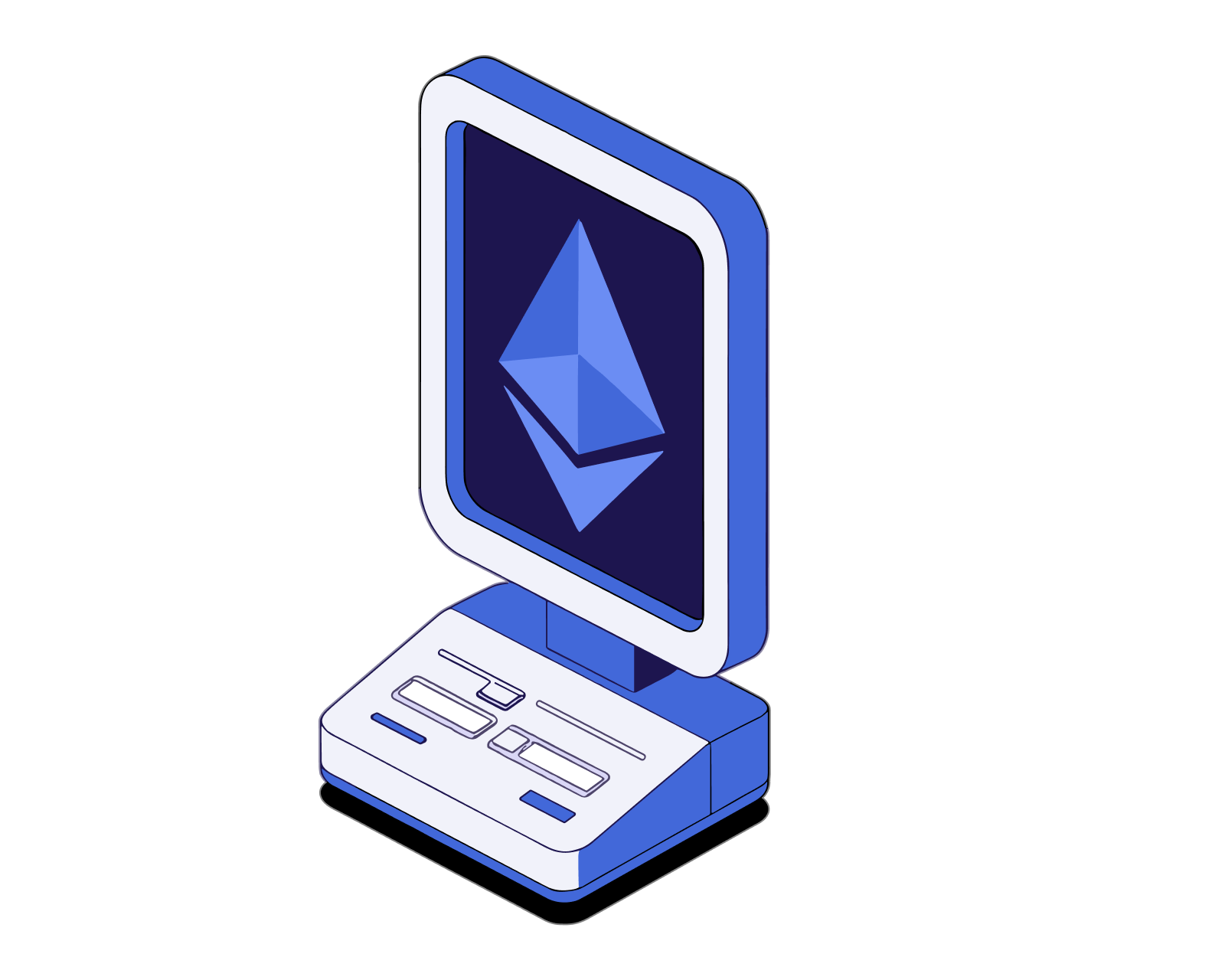
Che cos'è DeFi?
Scopri cosa fa funzionare le app di finanza decentralizzata (DeFi) e come si confrontano con i prodotti finanziari tradizionali.
Leggi questo articolo →
Che cos'è DeFi?
Scopri cosa fa funzionare le app di finanza decentralizzata (DeFi) e come si confrontano con i prodotti finanziari tradizionali.
RIMANI AVANTI NEL CRYPTO
Rimani all'avanguardia nella criptovaluta con la nostra newsletter settimanale che offre le intuizioni più importanti.
Notizie settimanali sulle criptovalute, curate per te
Approfondimenti attuabili e consigli didattici
Aggiornamenti sui prodotti che alimentano la libertà economica
Nessun spam. Annulla l'iscrizione in qualsiasi momento.
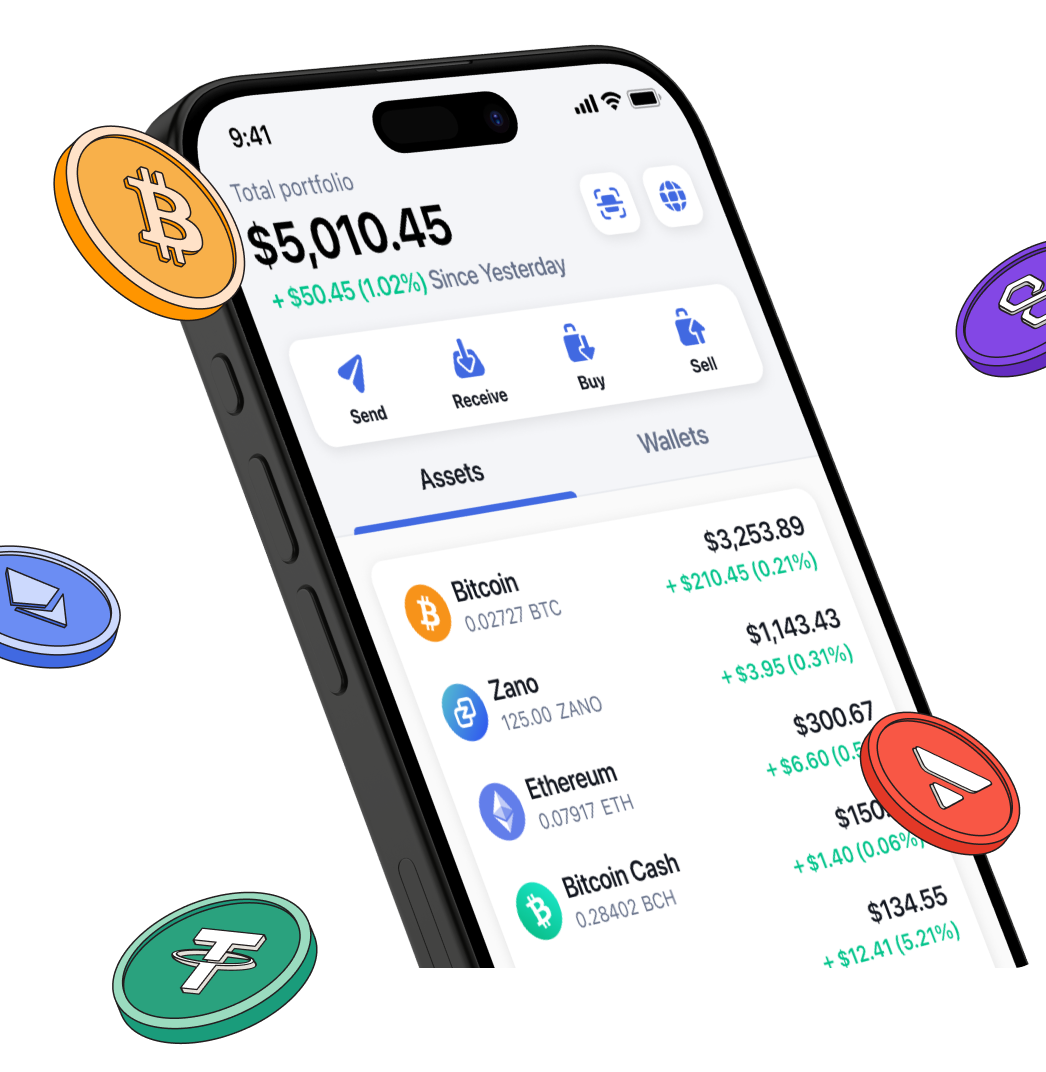
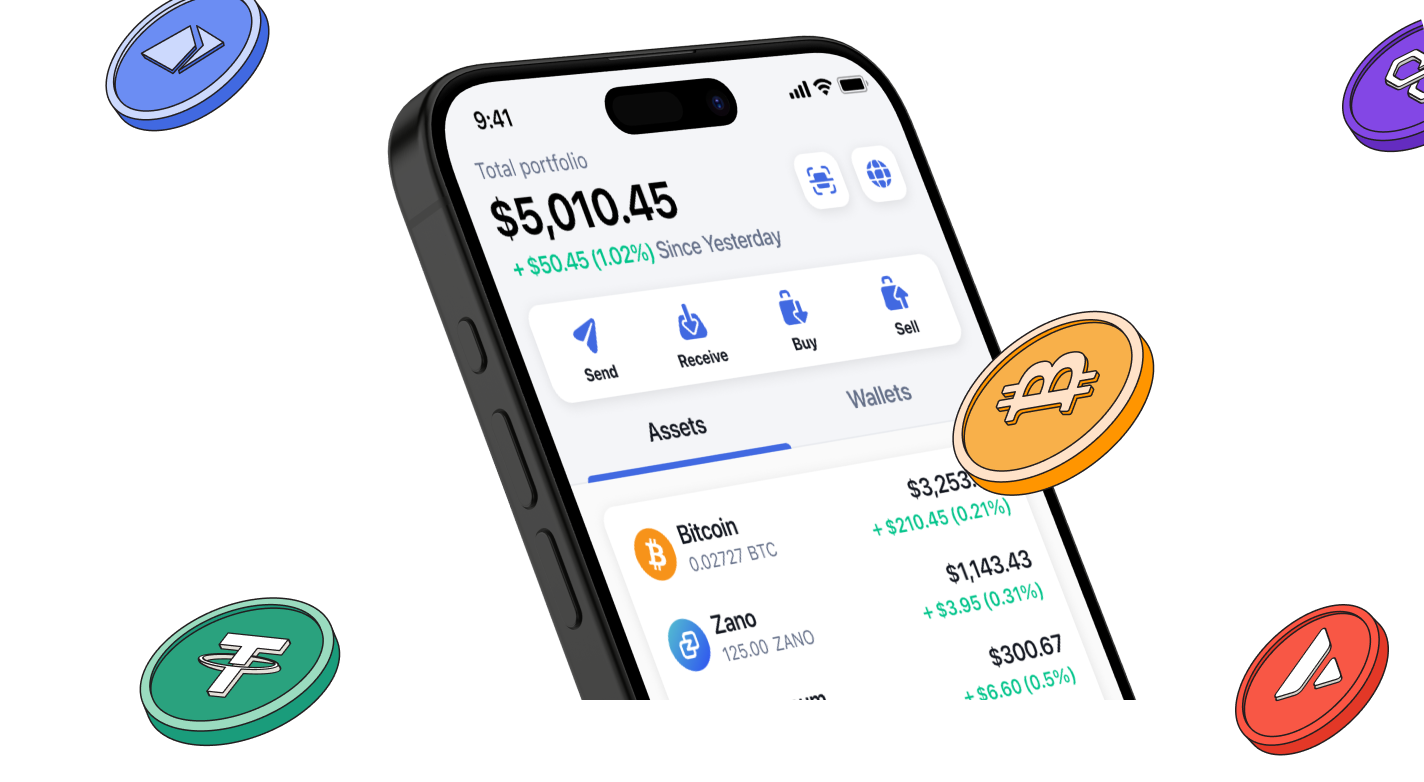
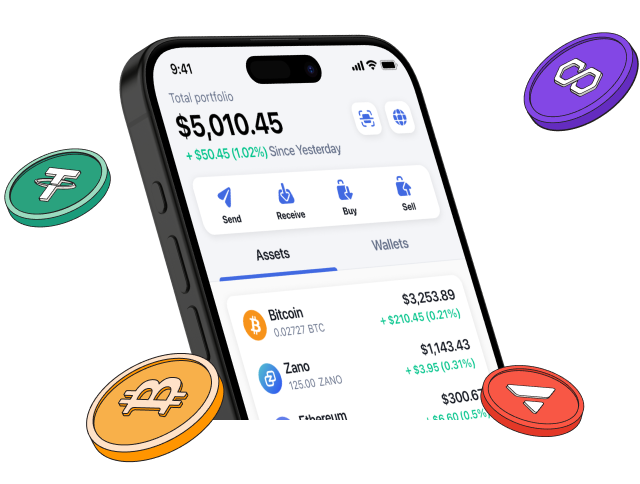
Inizia a investire in sicurezza con il Bitcoin.com Wallet
Oltre portafogli creati finora
Tutto ciò di cui hai bisogno per acquistare, vendere, scambiare e investire il tuo Bitcoin e le criptovalute in modo sicuro.

© 2025 Saint Bitts LLC Bitcoin.com. All rights reserved


